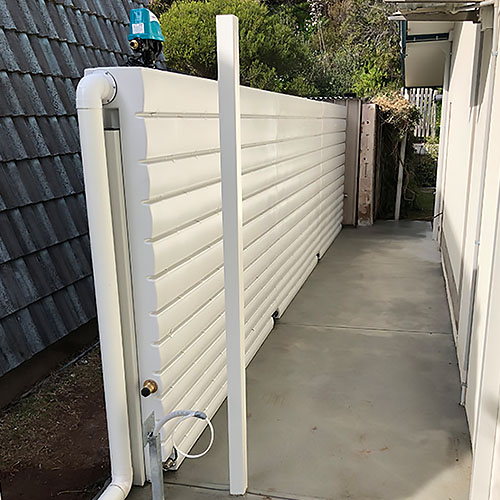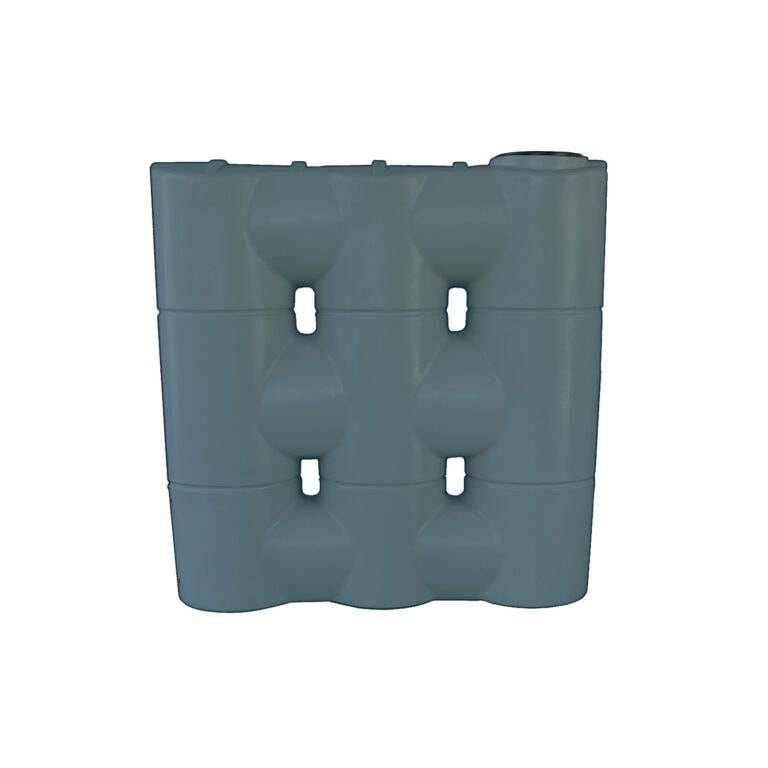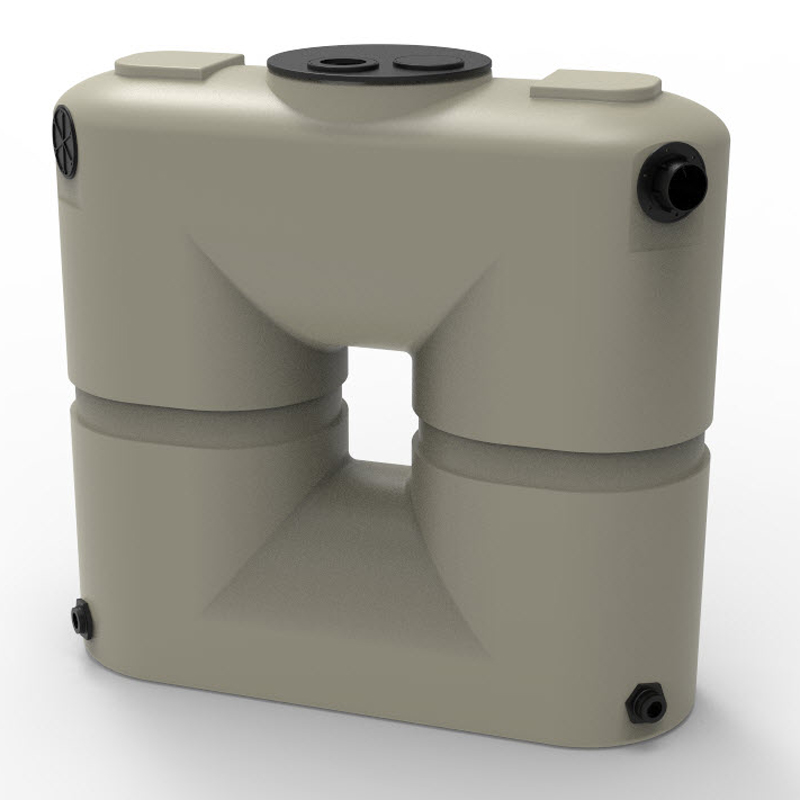Slimline Water Tanks: Space-Saving Solutions for Tiny Properties
Slimline Water Tanks: Space-Saving Solutions for Tiny Properties
Blog Article
Introducing the Conveniences of Rainwater Containers in Minimizing Water Expenses and Ecological Influence
In a world where sustainability and cost-efficiency are significantly vital, the application of rain containers presents a useful and ecologically aware solution. The advantages of incorporating rainwater storage tanks into property or business properties extend beyond simple water costs reductions. By checking out the multifaceted benefits of such systems, one can discover a riches of insights right into how they add to a much more sustainable future while favorably impacting both funds and the atmosphere.
Price Financial Savings Via Rain Containers
When considering the application of rain containers, substantial expense savings can be achieved with reliable water administration methods. Rainwater harvesting uses a sustainable solution that not only reduces water expenses however likewise lessens the strain on municipal water sources. By catching and keeping rainwater for numerous non-potable uses such as watering, bathroom flushing, and washing, families and services can substantially decrease their dependence on treated water from the grid, resulting in significant expense savings gradually.
Among the main cost-saving advantages of rainwater containers is the decrease in water energy costs. By using gathered rain for activities that do not need potable water, such as sprinkling yards or cleaning autos, individuals can decrease their overall water consumption from the keys supply, causing decreased water bills. Furthermore, rainwater containers can assist alleviate the effect of water restrictions or dry spells by supplying a different water resource for vital tasks, making sure continuity in water system without incurring too much costs. In general, investing in rain containers can lead to long-term monetary savings while promoting water preservation and sustainability.

Ecological Effect Reduction
Implementing rain containers not just leads to cost financial savings however also contributes significantly to lowering the environmental influence connected with water usage. By recording rain that would or else run into tornado drains, rain storage tanks assist relieve pressure on traditional water sources like rivers and reservoirs. This lowered need for municipally dealt with water leads to energy financial savings and a decrease in the carbon impact associated with water treatment and distribution processes.
Moreover, utilizing rain for activities such as gardening, irrigation, and cleaning decreases the demand for utilizing treated water for non-potable objectives. This conservation of safe and clean water assists in preserving water resources for vital usages and minimizes the energy-intensive processes entailed in dealing with water to satisfy alcohol consumption criteria.

Water Costs Decrease Perks
The installment of rainwater tanks offers substantial economic benefits through reductions in water costs. By gathering and keeping rainwater for numerous family utilizes, such as watering yards, flushing toilets, or doing washing, house owners can substantially decrease their dependence on the local water system. This, in turn, leads to a recognizable decrease in water consumption from typical sources, resulting in reduced water bills at the end of each payment cycle.
Rainwater is a complimentary and sustainable resource that can supplement and even replace the requirement for using treated water for non-potable objectives. Consequently, houses with rain containers can see a significant decrease in their total water expenses with time. Furthermore, throughout durations of water limitations or dry spell, having a rainwater storage tank can give a beneficial alternate water resource, more decreasing the reliance on expensive local water products.
In essence, buying a rain tank not just contributes click over here now to ecological preservation but likewise offers concrete monetary benefits by lowering water expenses and advertising long-term expense savings for house owners.
Lasting Water Monitoring Solutions
Given the financial benefits and reduced reliance on municipal water supplies that rainwater tanks provide, exploring sustainable water management services becomes a rational next step for house owners looking to optimize their water usage. Sustainable water management involves executing methods that successfully and sensibly use water resources while minimizing waste and ecological influence. Rain harvesting, which entails collecting and keeping rainwater for later use, is an essential component of sustainable water management. By utilizing rain containers to record and keep rain, house owners can reduce their dependancy on traditional water sources, such as municipal products or groundwater, thus adding to water preservation initiatives.

Along with rainwater harvesting, lasting water administration options might consist of implementing water-efficient home appliances, fixtures, and landscape design techniques - Slimline water tanks. Setting up low-flow toilets, showerheads, and faucets can substantially lower water intake within families. Including drought-resistant plants and using wise irrigation systems can help reduce water usage for outside landscaping. By embracing these sustainable water management techniques, property owners can not only optimize their water usage but additionally add to ecological preservation and reduce their water bills over time.
Community Water Resource Conservation

Additionally, area participation can reach the execution of water-saving modern technologies and techniques on a bigger range. Motivating the fostering of rainwater storage tanks, greywater recycling systems, and efficient irrigation approaches within areas can bring about substantial reductions in water consumption. Additionally, cultivating a feeling of cumulative obligation for water conservation can promote sustainable behaviors and practices among community members.
Furthermore, community water resource conservation efforts can lead the way for stronger bonds among locals and a shared commitment to environmental stewardship. By working together to protect and protect water sources, neighborhoods can add significantly to a more sustainable and durable future.
Final Thought
To conclude, rain containers supply substantial price financial savings, environmental benefits, and add to sustainable water monitoring remedies. By reducing water costs, preserving water sources, and lessening ecological effect, rainwater containers play a crucial duty in promoting water preservation and sustainability - Slimline water Extra resources tanks. Their application not just benefits specific homes yet likewise adds to the wider goal of area water resource monitoring and conservation
Report this page